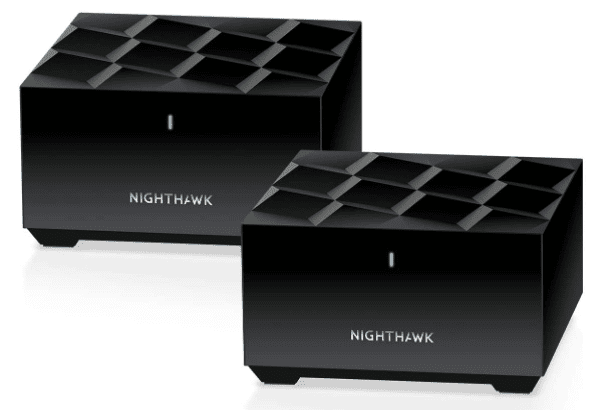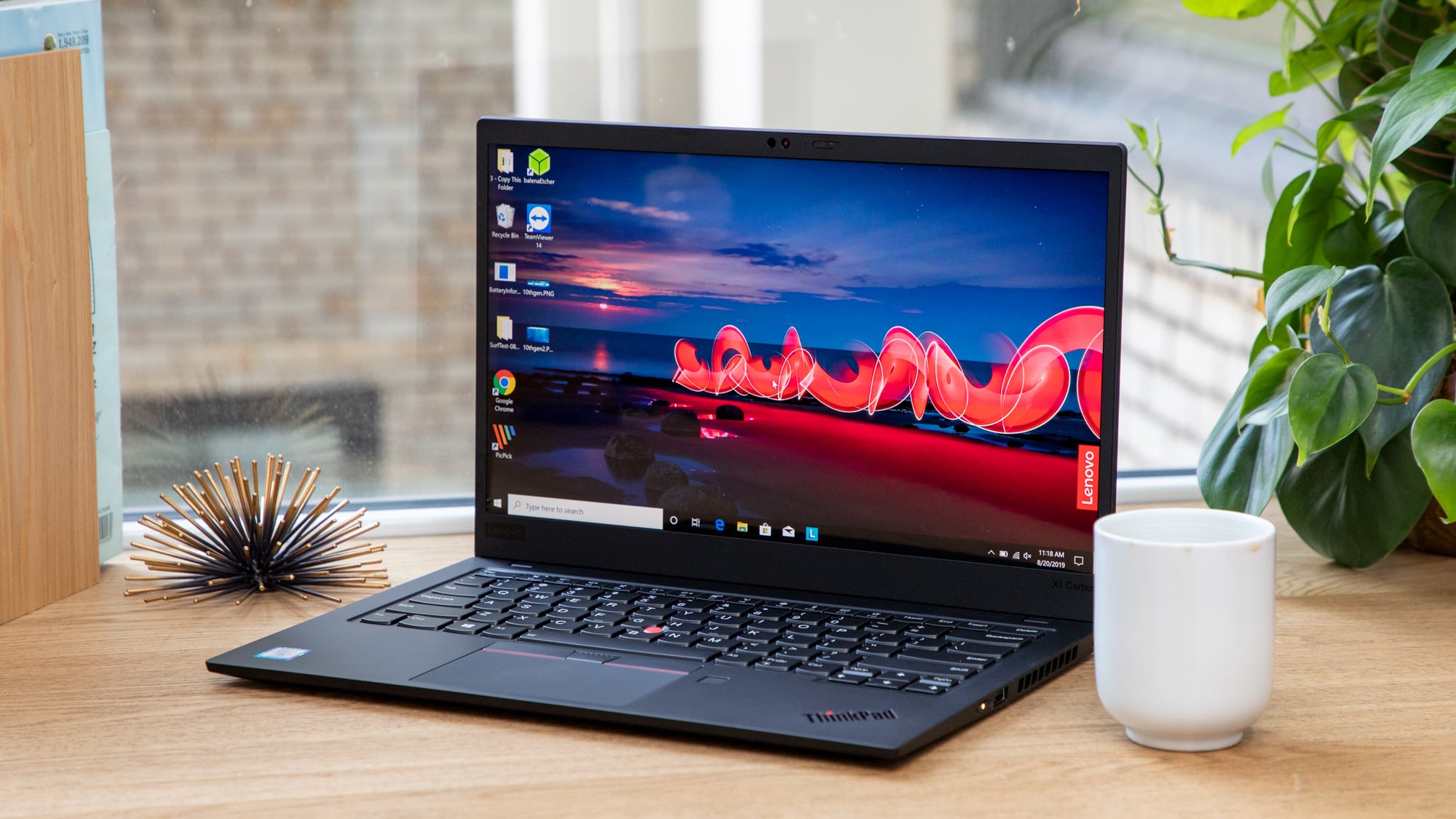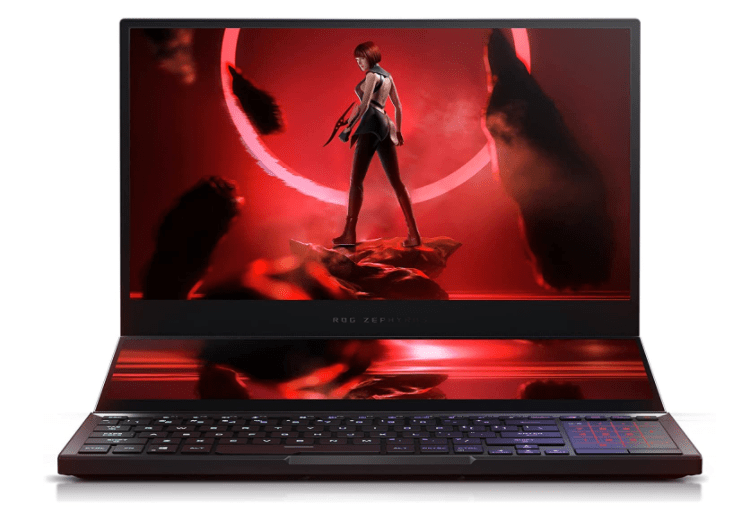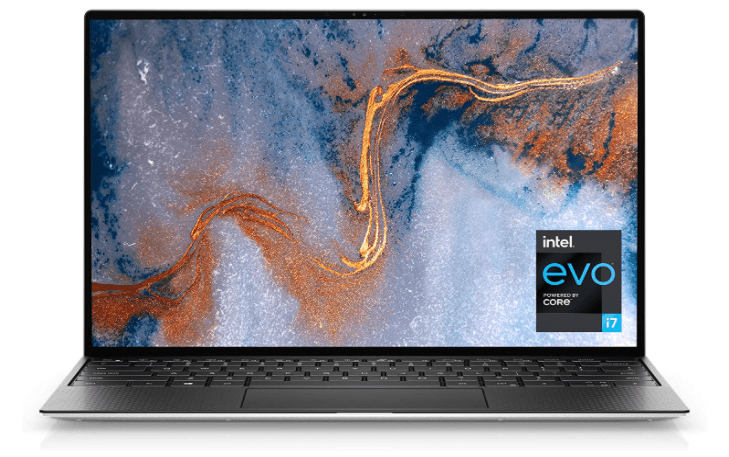In 2023, OnePlus has only one smartphone left in its lineup: the OnePlus 11. There will not be a Pro model this year, in contrast to past years. The new smartphone is an intriguing choice at $699, even though you can still purchase the OnePlus 10 Pro for a lower price. This is especially true when you consider that there are other options.
If you are interested in purchasing a new flagship device from OnePlus, you may be wondering whether you should go with the recently released OnePlus 11 or the OnePlus 10 Pro, which was released a year ago. And last, would you recommend upgrading to the OnePlus 11 if you already own a OnePlus 10 Pro? Before you go ahead and make that choice, here is the information you require.
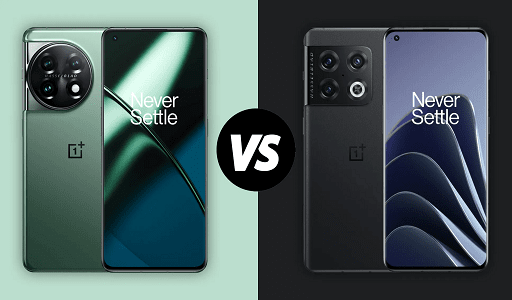
Specs comparison between the OnePlus 11 and OnePlus 10 Pro
| OnePlus 10 Pro | OnePlus 11 | |
| Size |
163 x 73.9 x 8.6 mm |
163.1 x 74.1 x 8.53mm |
| Weight | 201 grams | 205 grams |
| Display | 6.7-inch AMOLED | 6.7-inch AMOLED |
| Screen resolution |
3216 x 1440 pixels (525 pixels per inch) |
3216 x 1440 pixels (525 pixels per inch) |
| Screen refresh rate | 1Hz to 120Hz | 1Hz to 120Hz |
| Operating system | Upgradable to Android 13, OxygenOS 13 | Android 13, OxygenOS 13 |
| Storage space | 128GB, 256GB | 128GB, 256GB |
| MicroSD card slot | No | No |
| Processor | Qualcomm Snapdragon 8 Gen 1 | Qualcomm Snapdragon 8 Gen 2 |
| RAM | 8GB, 16GB | 8GB, 16GB |
| Camera | 48-megapixel main, 50MP ultrawide, 8MP telephoto rear, 32MP front |
50-megapixel main, 48MP ultrawide, 32MP Portrait Tele Cam, 16MP front |
| Video | 8K at 24 frames per second, 4K at 30/60/120 fps, 1080p at 30/60/240 fps | 8K at 24 frames per second, 4K at 30/60/120 fps, 1080p at 30/60/240 fps |
| Bluetooth version | Bluetooth 5.2 | Bluetooth 5.3 |
| Ports | USB-C 3.1 | USB-C 2.0 |
| Fingerprint sensor | Yes, in-display | Yes, in-display |
| Water resistance | Yes (IP54) | Yes (IP64) |
| Battery | 5,000mAh | 5,000mAh |
| Wired charging | Up to 80W in the US, 100W international | Up to 80W |
| Wireless charging | Yes, up to 65W | No |
| App Marketplace | Google Play Store | Google Play Store |
| Colors | Volcanic Black, Emerald Forest | Titan Black, Eternal Green |
| Price | $599 | $699 |
Design and display comparison between the OnePlus 11 and OnePlus 10 Pro
When compared to the OnePlus 10 Pro, which weighs 201 grams, the OnePlus 11 has a weight of 205 grams, making it slightly heavier. However, you won’t be able to tell the difference between the two phones because they both have curved edges, which make them easier to hold than flagship devices that have flat edges. Both of them make use of identical material, which consists of an aluminum frame and either Gorilla Glass Victus or Gorilla Glass 5 on the front and back, respectively. The brand-new OnePlus 11 maintains the same high-end feel when held in the hand as its predecessor, the OnePlus 10 Pro.
The camera module represents one significant modification to the overall design. OnePlus has designed the three-camera array to be circular rather than in the form of a square module. The camera on the OnePlus 11 will appeal to some users more than that of the OnePlus 10 Pro, while others will choose the OnePlus 11. When it comes down to it, it all depends on personal preference. Both phones also come equipped with OnePlus’s signature notification slider.
A 6.7-inch AMOLED display that is compatible with a 120Hz refresh rate, Dolby Vision, HDR10+, and can reach up to 1,300 nits peak brightness is provided by both of these devices. The type of display used is what differentiates the two. In contrast to the OnePlus 10 Pro, which has an LTPO 2 display panel, the OnePlus 11 comes with an upgraded LPTO 3 panel. Because the new technology is centered on improved power consumption in addition to providing a 1Hz to 120Hz refresh rate, you won’t notice much of a difference in the display’s overall quality. In addition, the resolution has not changed and is currently set at 1440 by 3216 pixels.
The difference isn’t huge, but the OnePlus 11 comes out on top in this category thanks to its improved display technology.
Software comparison between OnePlus 11 and OnePlus 10 Pro
Android 12 was preinstalled on the OnePlus 10 Pro, and users have the option to upgrade to OxygenOS 13, which is based on Android 13. There are still going to be a few more updates added to it. However, the OnePlus 11 ships with Android 13 out of the box and has the potential to receive four years’ worth of significant operating system upgrades as well as five years’ worth of security fixes.
If you buy a OnePlus 11 right now, it will serve you for a full two years longer than the OnePlus 10 Pro would if you made the same investment. It will continue to receive operating system upgrades until 2026, and it will continue to receive security fixes until 2027.
Camera comparison between the OnePlus 11 and OnePlus 10 Pro
The primary camera on the OnePlus 11 has been upgraded to 50 megapixels, up from 48 megapixels on the OnePlus 10 Pro. Because the software that processes the data for the new sensor has been updated, it should produce more accurate results. Images captured during the day have a dynamic range that is above average, and images captured during the night also deliver results that are above average. The gallery that can be found below demonstrates some of the capabilities of the camera system of the OnePlus 11.
In comparison to the 8MP camera that can be found on the OnePlus 10 Pro, this model comes with a telephoto camera that has a resolution of 32MP. In spite of the higher resolution, the optical zoom is only 2x, which is a significant reduction from the 3.3x optical zoom that was offered on the flagship device of the previous year. Contrary to the 48MP ultrawide-angle lens found in the most recent smartphone, both the primary and telephoto cameras have support for optical image stabilization. Both devices are able to record at resolutions up to 8 kilobits per second and 24 frames per second (fps).
OnePlus has also made the decision to reduce the number of megapixels available on the front-facing camera. In the OnePlus 11, the front-facing camera has a resolution of 16 megapixels, as opposed to 32 megapixels on the OnePlus 10 Pro.
It is very evident that OnePlus has made significant improvements in the overall camera performance of the OnePlus 11, despite the fact that several technical aspects, including the optical zoom and the megapixel count of the front-facing camera, have been downgraded.
Performance and battery life comparison between OnePlus 11 and OnePlus 10 Pro
Instead of the Qualcomm Snapdragon 8 Gen 1 processor that is present in the OnePlus 10 Pro, the OnePlus 11 is powered by the Qualcomm Snapdragon 8 Gen 2 processor. Although both chipsets are based on a 4nm technology, the most recent processor is significantly more power efficient and delivers more power on paper than the older chipset. In addition, the Adreno 740 GPU will provide you with a superior gaming experience compared to the Adreno 730 GPU that is located on the chip of the OnePlus 10 Pro.
The OnePlus 11 is available in two different configurations: one with 8GB of RAM and 128GB of UFS 3.1 storage, and the other with 16GB of RAM and 256GB of UFS 4.0 storage. The latter offers superior speeds, but in day-to-day use, you probably won’t be able to tell the difference between the two. On the other hand, the OnePlus 10 Pro has the same quantity of storage space as the OnePlus 10, but it uses the UFS 3.1 file system standard. Because of this, if you connect an OTG adapter to the OnePlus 11, which only comes with a USB Type-C 2.0 port and not a USB Type-C 3.1 connection, you can observe a variation in the speeds at which data is transferred between the two devices.
Both of these mobile devices have a battery capacity of 5,000 mAh, which is split between two separate 2,500 mAh cells. The international variant of the OnePlus 11 supports wired charging at 100 watts, but the version sold in the United States only supports charging at 80 watts—the same as the OnePlus 10 Pro. The OnePlus 11 does not support wireless charging, which is a disappointing omission.
Price comparison between OnePlus 11 and OnePlus 10 Pro
The OnePlus 11 starts at $699 for the model with the least amount of memory, which has 128GB of storage; the model with the most memory, which has 256GB of storage, costs $799. On the other hand, the OnePlus 10 Pro can still be purchased at a price of $599 off its retail price when purchased directly from OnePlus’s website.
OnePlus 11 takes the leads
The OnePlus 11 has a superior chipset, which results in enhanced power efficiency. This allows the OnePlus 11 to deliver longer battery life than its predecessor, the OnePlus 10 Pro. Additionally, it boasts a speedier overall performance, what is arguably to be superior cameras on the rear, and four years of significant operating system upgrade support.
If you are looking for a new smartphone with a price tag of roughly $700, the OnePlus 11 is the superior choice because it improves upon previous models in terms of its overall performance, battery life, software support, and back cameras. However, if you are working with a limited budget of $600, the OnePlus 10 Pro is the better option for you; however, you should be aware that its lifespan is two years shorter than that of the OnePlus 11.
If you already own the OnePlus 10 Pro, what are your options? In the year 2023, it is still high-quality equipment that should continue to work faultlessly for you for at least another year or two. You shouldn’t feel like you have to run out and get the OnePlus 11 right now just because it was released. The OnePlus 11 is secure and simple upgrade advice; but, if your OnePlus 10 Pro is causing you battery troubles or you are running into performance complaints, you should consider upgrading to it.
Would you like to read more about the comparison between the OnePlus 11 and OnePlus 10 Pro-related articles? If so, we invite you to take a look at our other tech topics before you leave!







